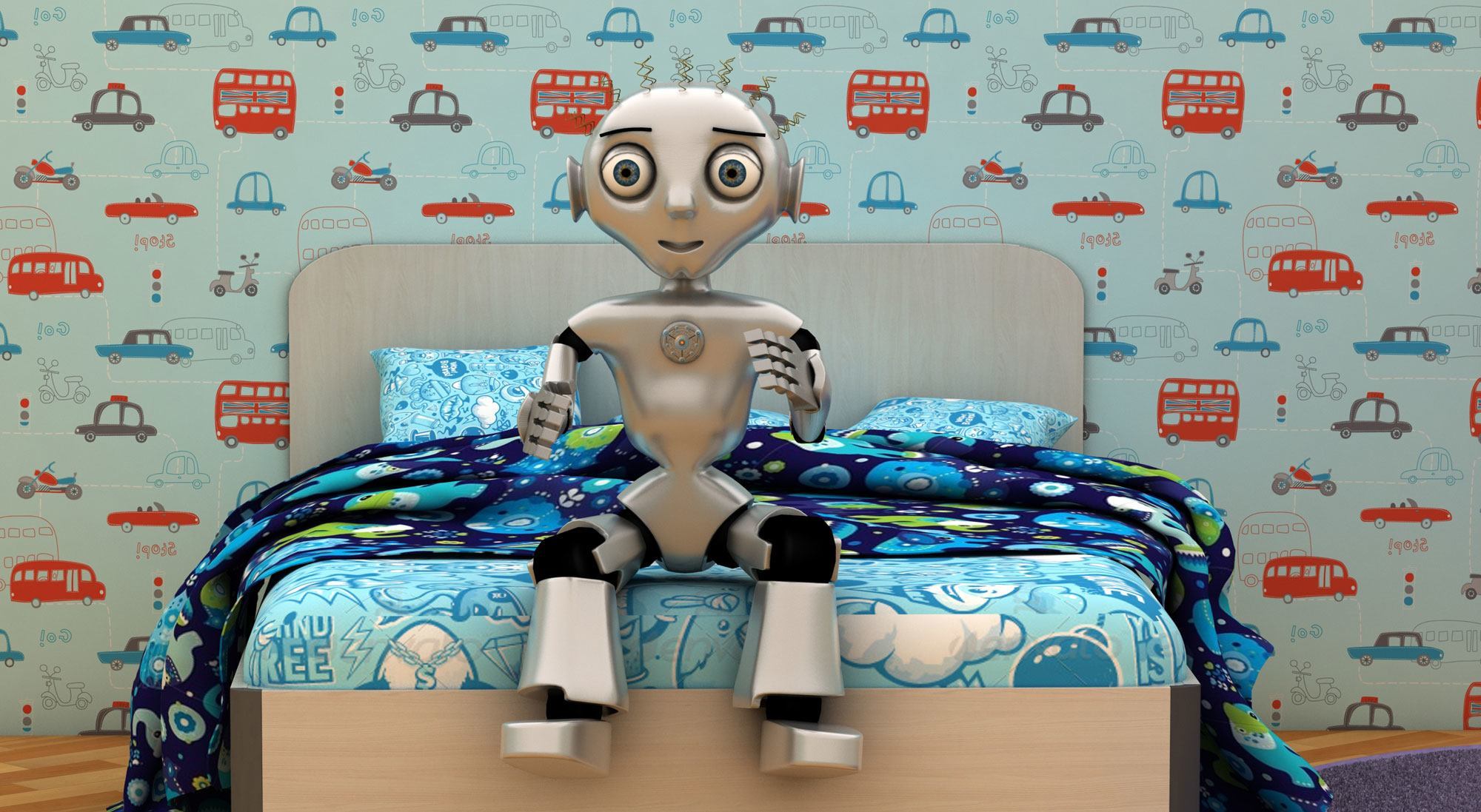The race for AI is in full-swing with companies like Facebook, Google, and China’s Baidu all spending billions of dollars to create software that has common sense and can learn and respond to user’s requests in a natural way. And while it’s not there yet, it’s getting closer to having the intelligence of a toddler according to new research.
Right now computers rely on scenarios created by programmers to perform nearly all their functions. The challenge for AI developers is developing software for computers to not only spot a pattern, but use reason to come to a conclusion. Just recently, Facebook published a paper detailing a new system in which a computer can process large amounts of data then pick out key points of information and answer intelligent questions about the data. The company hopes that it will one day allow its users to ask Facebook such complicated questions as “When was I the most social with friends?”
And the money funding this type of research has been pouring in over just the last two years. Startups like MetaMind, a company working on developing computers understanding of everyday speech, have increased the amount of funding in AI by twenty-fold since 2010 with $309 million invested in AI startups last year. This graph compiled by research from CB Insights and Bloomberg Business shows just how huge of a jump there has been in developing artificial intelligence.

Right now, computers are still about as dumb as a newborn baby. Show a baby a red ball, then cover it up with your hand and the baby has no concept of where the ball has gone. Just like human children, it’s going to take some time for computers to develop the intelligence to process the data that tells them the ball really isn’t gone.
“Memory is central to cognition,” said says Bruno Olshausen, head of the Redwood Center for Theoretical Neuroscience at the University of California-Berkeley. “The human brain doesn’t store a complete log of each day’s events; it compiles a summation and bubbles up the highlights when relevant. From a neuroscience perspective, where we are in terms of our understanding of the brain—and what it takes to build an intelligent system—is kind of pre-Newton,” Olshausen added. “If you’re in physics and pre-Newtonian, you’re not even close to building a rocket ship.”
Right now, AI analyzes data and problems using a system called neural networks based on the brain’s neocortex, but AI development has been shifting its focus on developing a memory component. This approach has rapidly caught on in the AI community with companies such as Google and Facebook. And allows computers to do something as complex as learn to play “Super Mario World.”
The development of artificial intelligence hasn’t come without its criticism of course. Everyone from Stephen Hawking to tech pioneer Elon Musk have warned against opening up the Pandora’s Box labeled AI. Musk went so far as to donate $10 million to the Future of Life Institute, an organization set up to discuss the risks associated with AI development. The organization focuses on developing AI and discussing its developments in manner to ensure that we don’t wind up with a “Terminator” situation on our hands.
The focus of AI developers right now is working on software that will allow a computer to use memory to respond to an event. Throw a ball at a person and they’ll use memory to either get out of the way or catch the ball. A computer doesn’t have that memory or understanding of time that allows it to predict where an object will land and respond appropriately — much like a baby. Just like humans, though, computers are growing and learning more every day.

